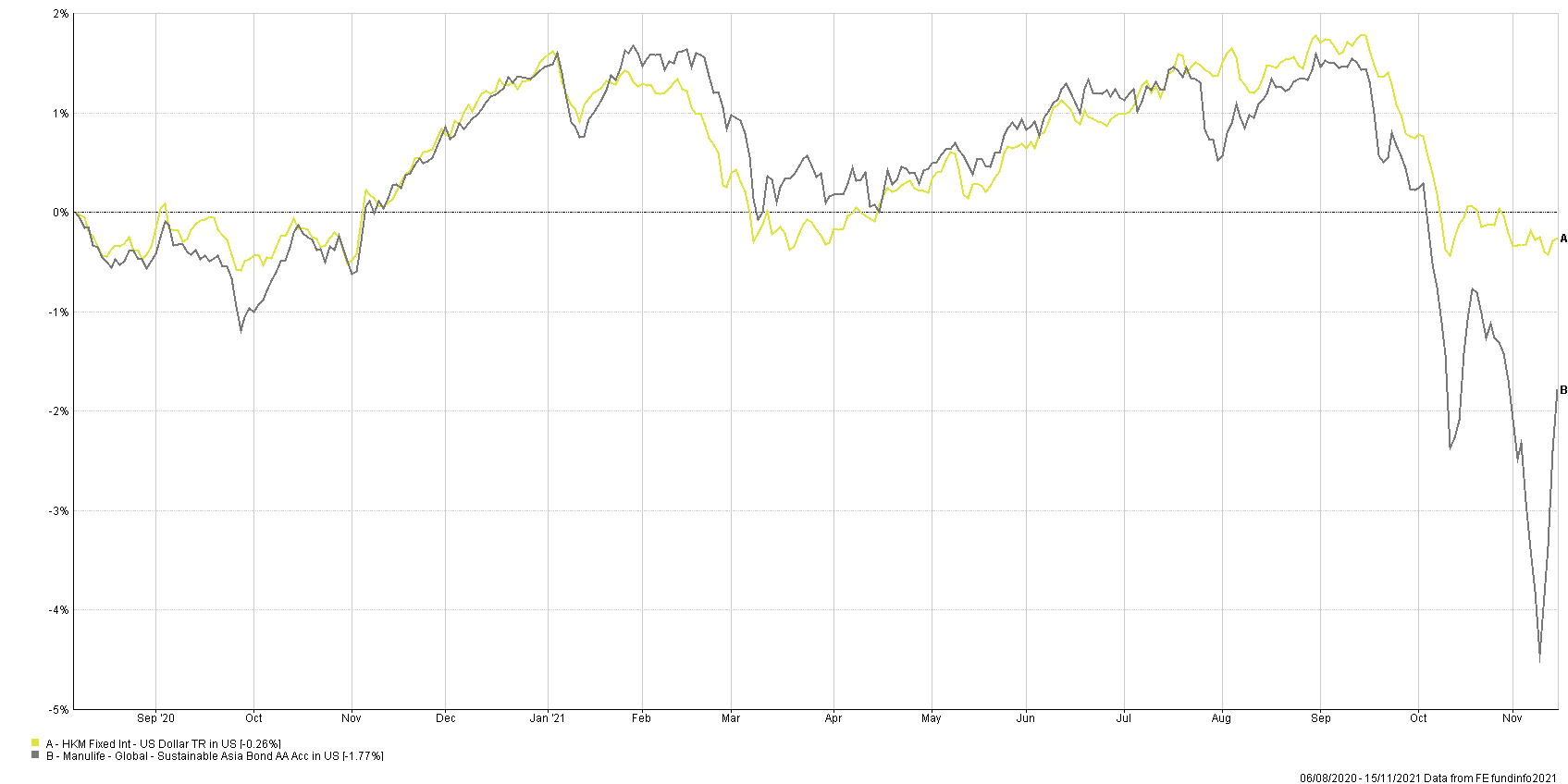Murray Collis, Manulife Investment Management
It is not only the entertainment industry that is blooming, but South Korean green bonds are also expected to continue to perform well in the coming year, according to Manulife Investment Management (IM).
“We do not only see the economic recovery due to the high vaccination rates in Korea and gradual reopening of its borders, but we also see the country as a leader in the sustainability space,” Murray Collis, the firm’s deputy chief investment officer, fixed income, Asia ex-Japan told FSA.
Collis manages the Manulife Sustainable Asia Bond Fund which was launched in September 2020 and is available to Singapore and Hong Kong retail investors.
He and his team take an active approach to sustainable investing and use a “milestone system” to measure company engagements.
“Our analysts and ESG integration team work together to log all the engagement activity internally and to follow up on their progress on working towards positive outcomes,” said Collis.
“That helps us to understand the risks and opportunities, and also compare the issuers with other names in the sector, in other markets, or other countries.”
Collis said his team engages with issuers for two reasons: to conduct due diligence and encourage businesses to take action towards sustainability.
Although the fund has its largest allocation to China (31%), its top holdings are two Korean companies: Naver Corporation and Kookmin Bank.
The fund invests almost 22% of its AUM in banks, followed by real estate (17%).
Investment grade tilt
Collis said this is because a lot of investment-grade issuance is from the financial and property sector. Over three-quarters of the fund’s AUM is allocated to investment grade credits, with 45% exposure to BBB names and 23% to single-A issues.
“Investment grade bonds have done relatively well over the last couple of months, underpinned by the improving economic fundamentals in the region,” Collis explained.
“In the high yield space, we’ve seen some pressure started from some high yield property names that have spread out to broader funding and liquidity pressure in the sector.”
To meet the ESG bond fund label, the fund invests at least 15% of its AUM in ESG bonds, and currently has 4% exposure to ESG-themed bonds that are dedicated to ESG projects.
The Manulife fund has posted a -1.77% cumulative return since its inception, while the sector has reported a -0.26% return, according to FE Fundinfo.
Manulife Sustainable Asia Bond Fund vs sector average


















